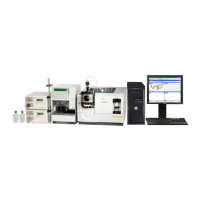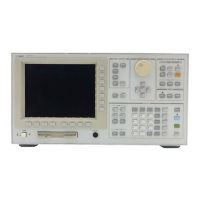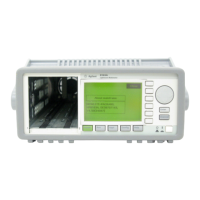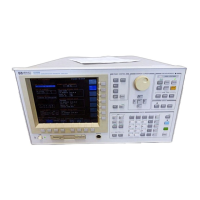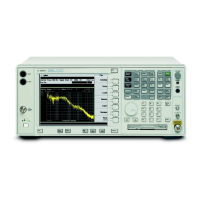The Arbitrary
Source
The analyzer’s source can supply a number of different waveforms. The
arbitrary source, Option 1D4, provides the flexibility desired for the most
accurate characterizations. The analyzer drives the source output with the
contents of a data register or the time capture buffer. The register and time
capture buffer must contain time domain data. (If you subsequently change the
contents of the data register, you must re-configure the source to reflect the
new waveform.)
Arbitrary source waveforms are available in FFT analysis, correlation analysis,
and histogram analysis instrument modes.
The analyzer scales the data so that its peak voltage corresponds to the current
source level in Vpk. With the source on, the analyzer sends the scaled signal to
the source connector.
Source Behavior
The repeat feature enables the analyzer to send data to the source connector
continuously without interruptions. (The arbitrary source waveform is only
one time record long.) When repeat is off, the source behavior is affected by
the selected trigger mode.
In free run trigger mode, source output is continuous just as it is with repeat on.
For any other trigger mode, the source begins its output only when a trigger
occurs and shuts off after all data in the register or time capture buffer has been
output. This happens each time a trigger occurs.
A variable low-pass filter is available for the arbitrary source under the [
Source
]
[
MORE CHOICES
] menus. You can use this filter to remove band power for
transfer function measurements using source waveforms containing high
frequency edges. See online help for additional information about the arbitrary
source filter.
Agilent 35670A
The Arbitrary Source Option 1D4 Operator's Guide
6-2
